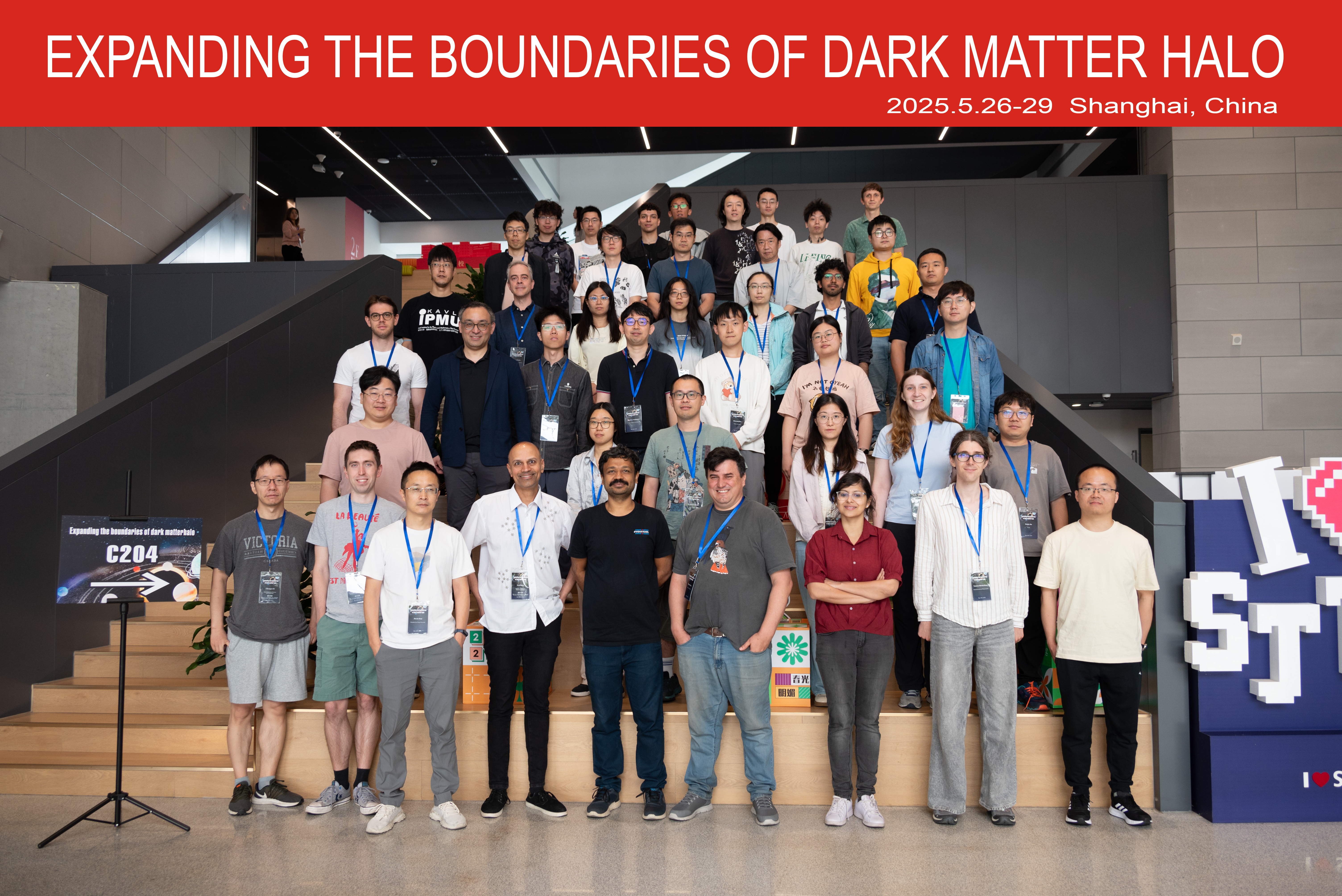Dark matter halos have long served as fundamental units in our understanding of structure and galaxy formation. However, the classical picture of a virialized dark matter halo is undergoing significant revision, with recent research emphasizing the importance of the non-equilibrium outer regions. New definitions of halo boundaries, such as the splashback radius, depletion radius, and related boundaries in phase-space, are emerging alongside the classical virial radius. Together, these boundaries are shaping a more nuanced picture of a heterogeneous halo structure. This refined framework promises more physical modelling of structure formation with higher precision and finer detail, competing with while also complemented by machine learning approaches. At the same time, detecting new halo boundaries has become an important goal for observational surveys.
This workshop aims to highlight recent progress in expanding our understanding of dark matter halos, bringing together cutting-edge theoretical advancements, computational innovations, and observational breakthroughs. By fostering collaboration across these diverse developments, the event seeks to strengthen the prospects for a unified, physical understanding of structure formation in the Universe.
See detailed list of topics & invited speakers. Talk slides and recordings are available in detailed view of the Timetable.

Updates:
- 14/Apr: final program. For speakers, please allow at least 5 minutes for questions (or 3 minutes for 15 minutes' talk).
- 26/Mar: Draft program available.
- 20/Feb: Registration is now open.
Key Dates
- Abstract submission deadline: 9/Mar., 2025
- Registration:
- closes on 20/Apr.
- Registration fee: 1000 RMB (to be collected on site).
- The workshop is limited to ~60 participants and we may need to moderate the registration if places run out.
- Program: 26-30, May
- Banquet: 28/May (Wednesday)
